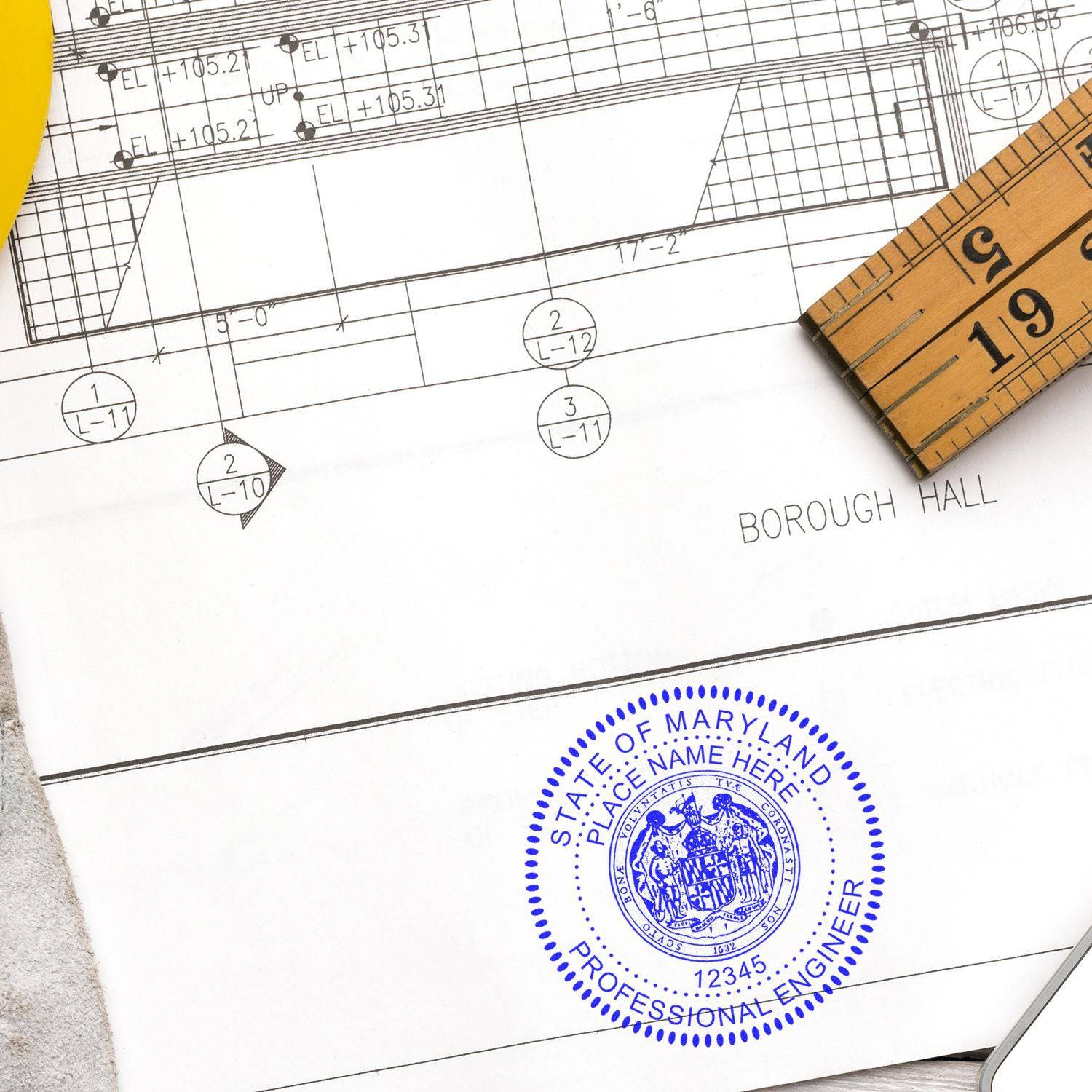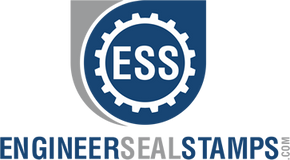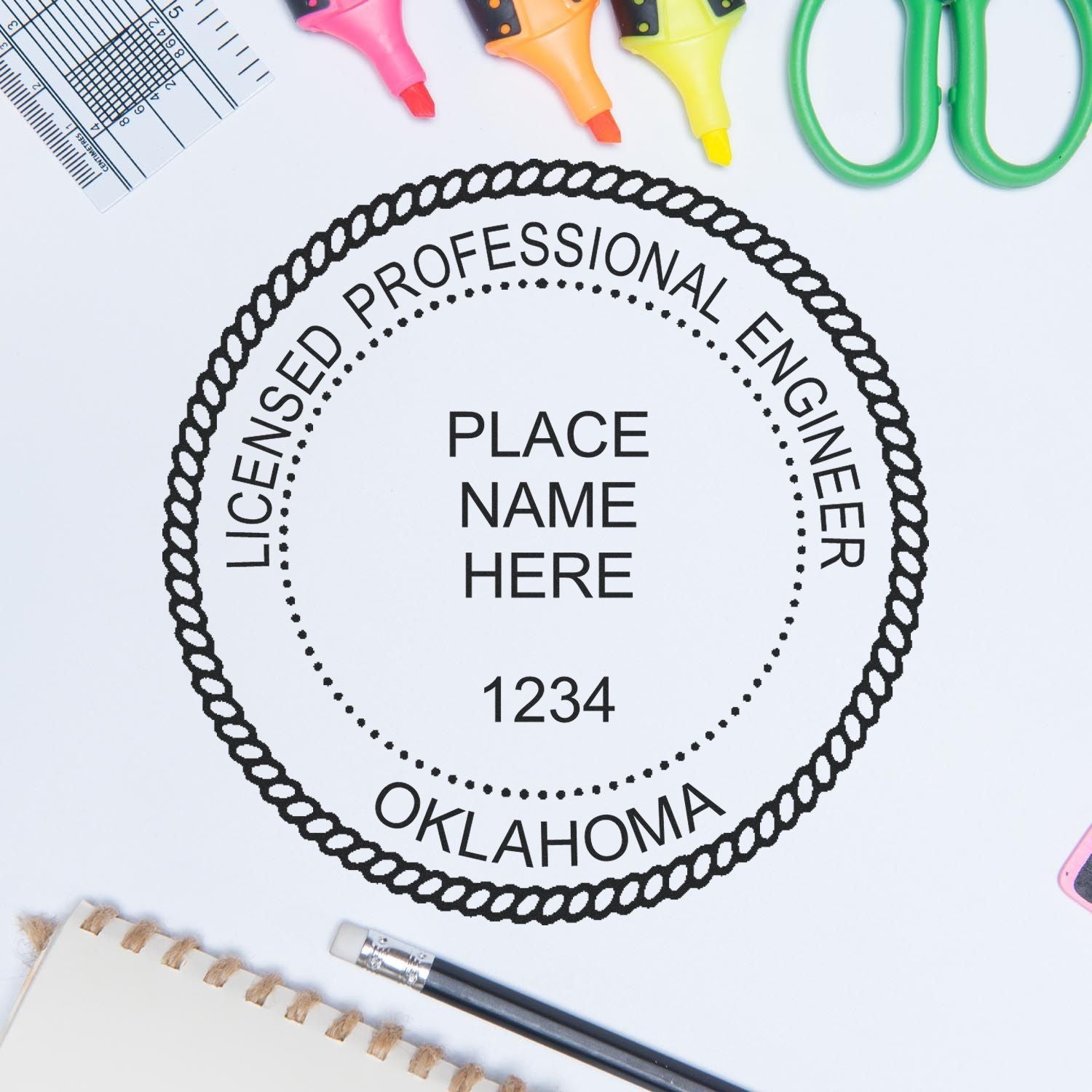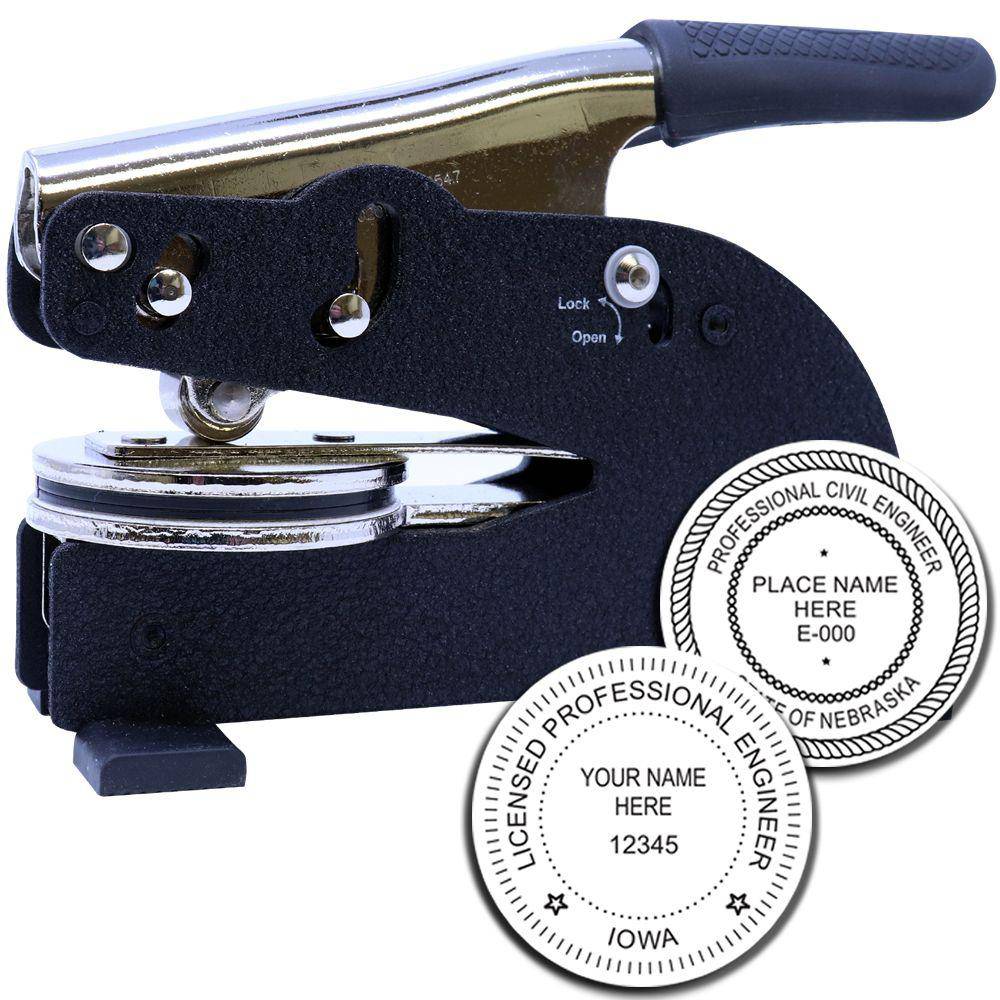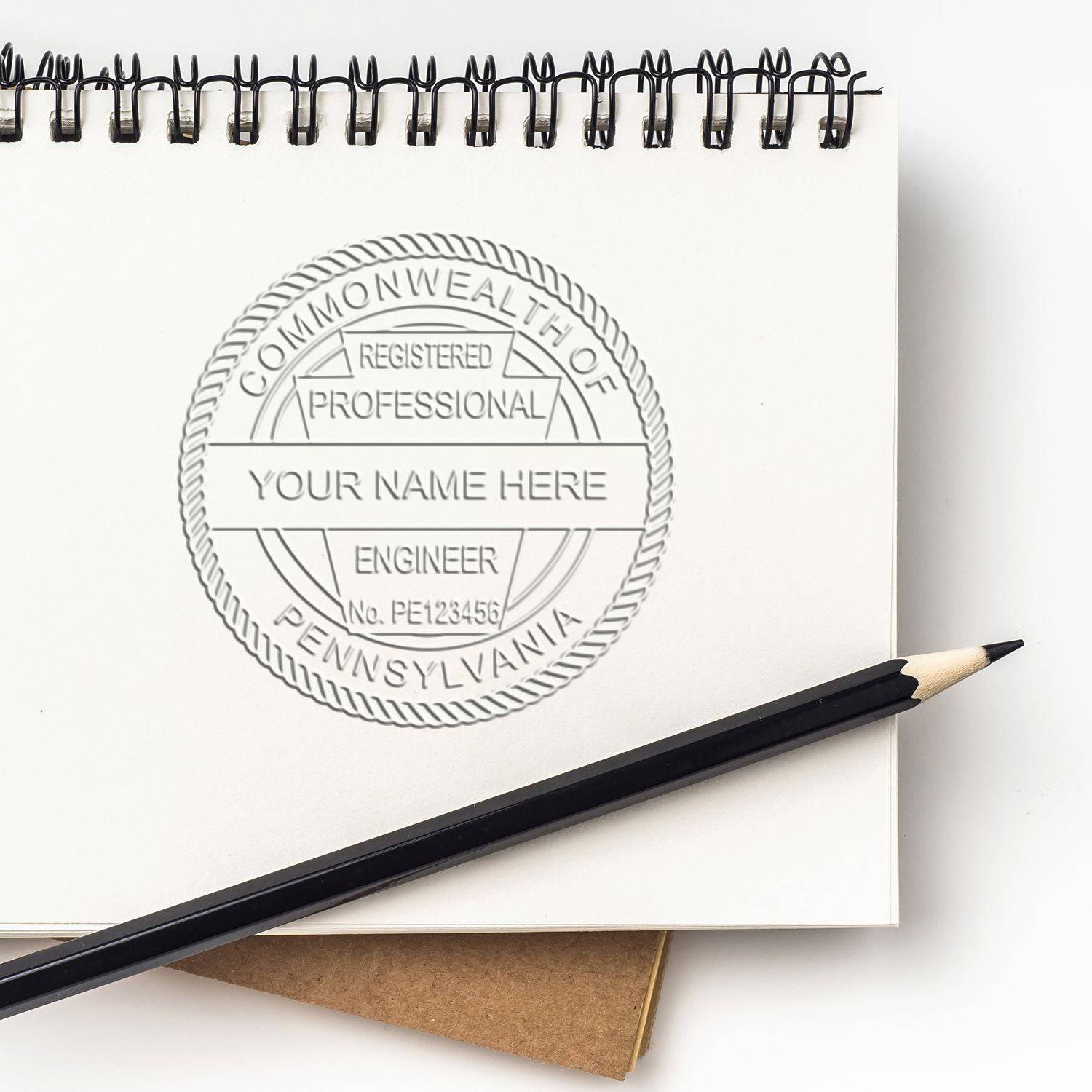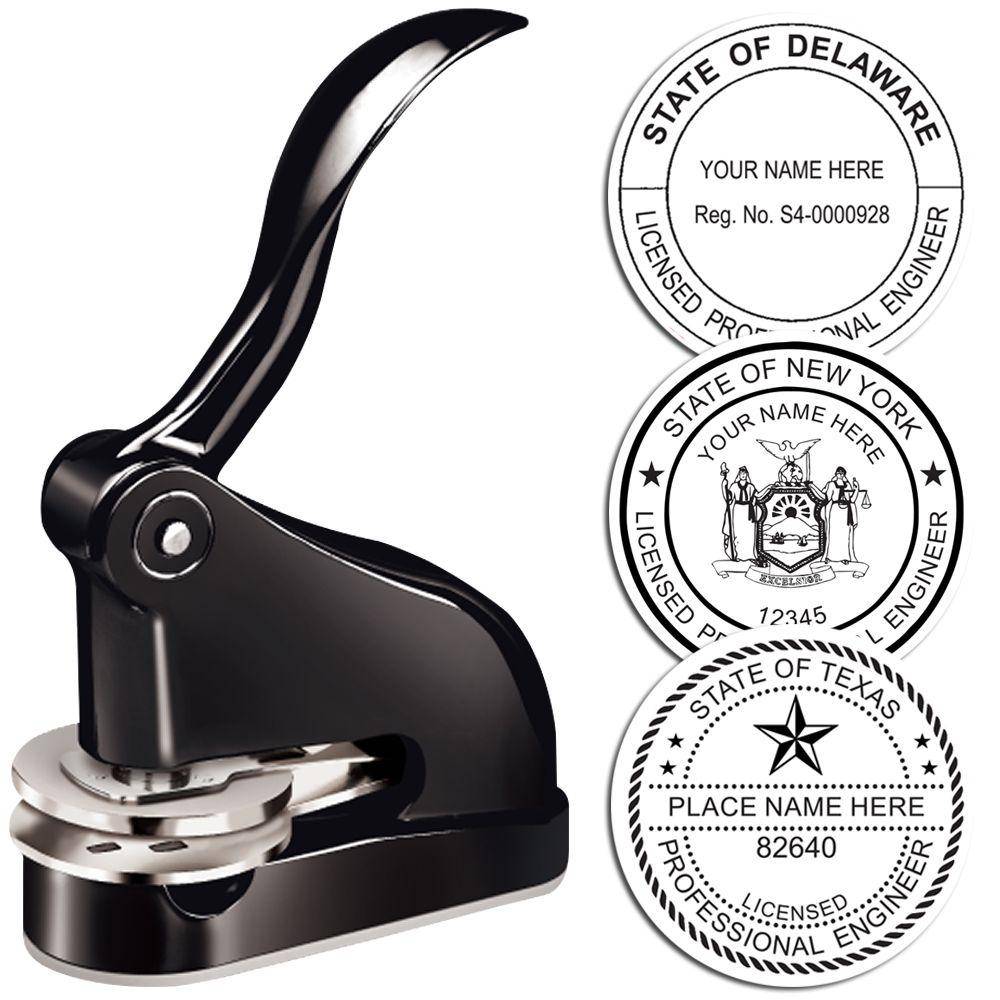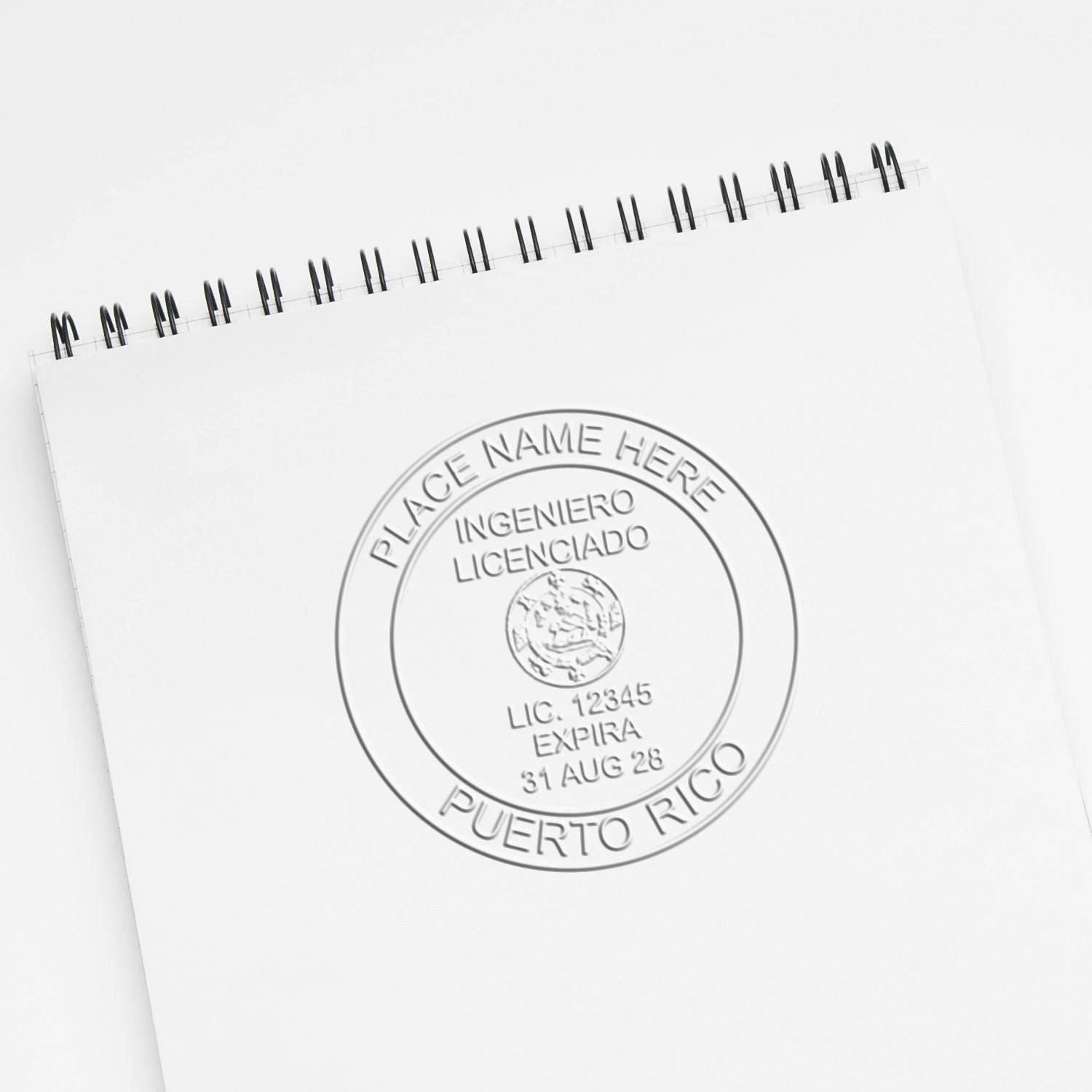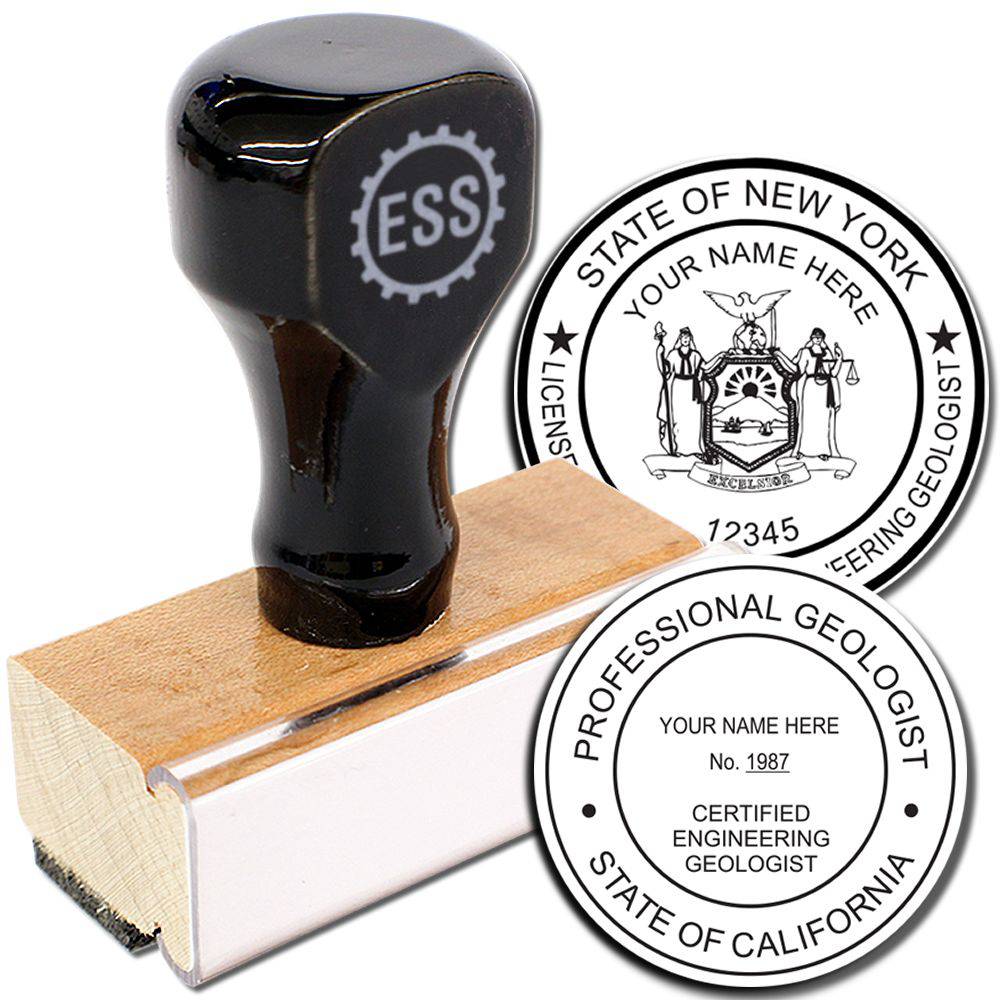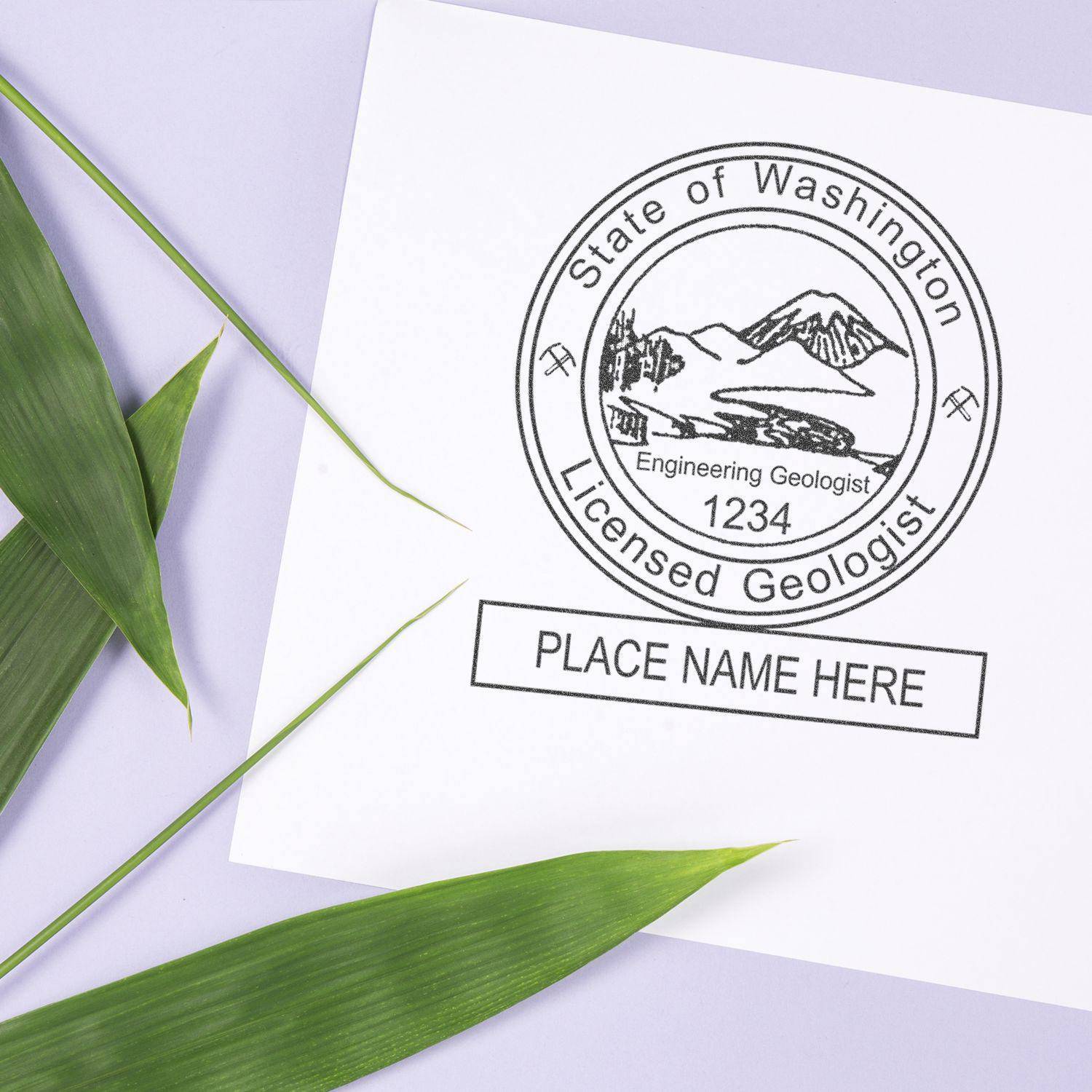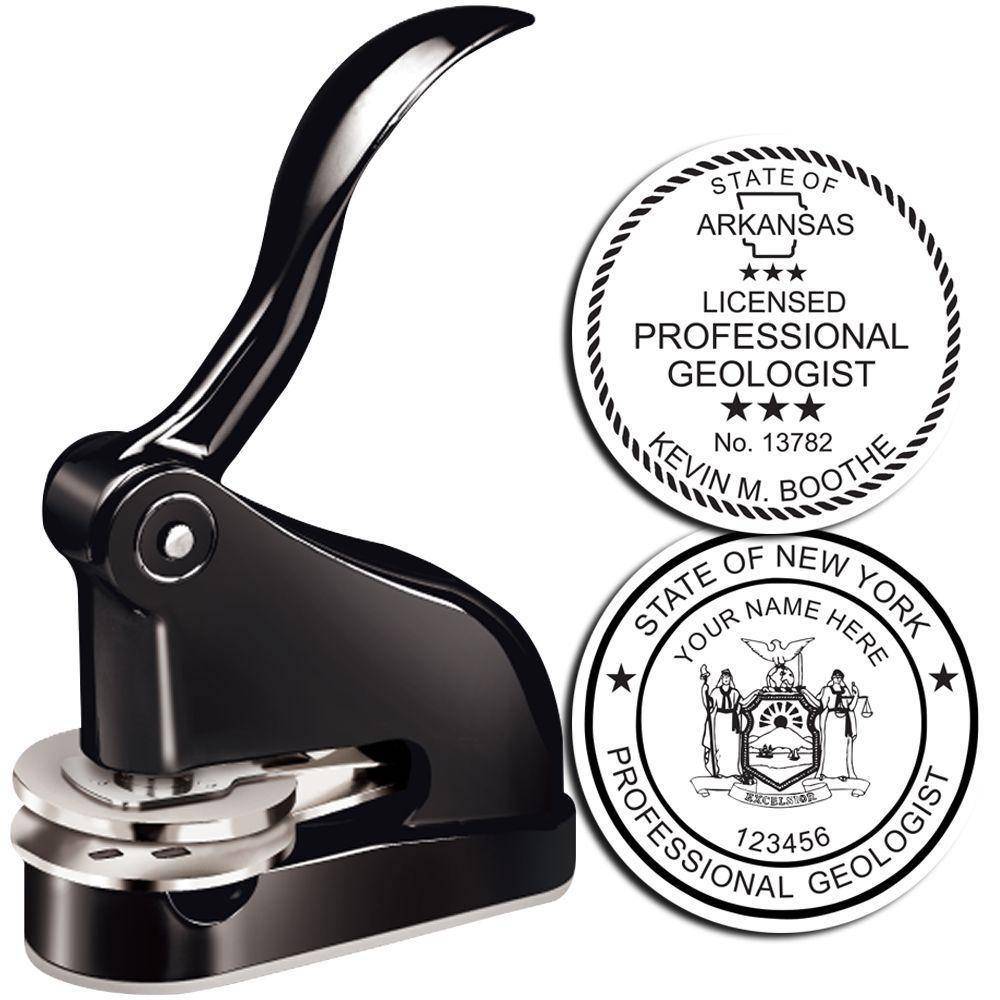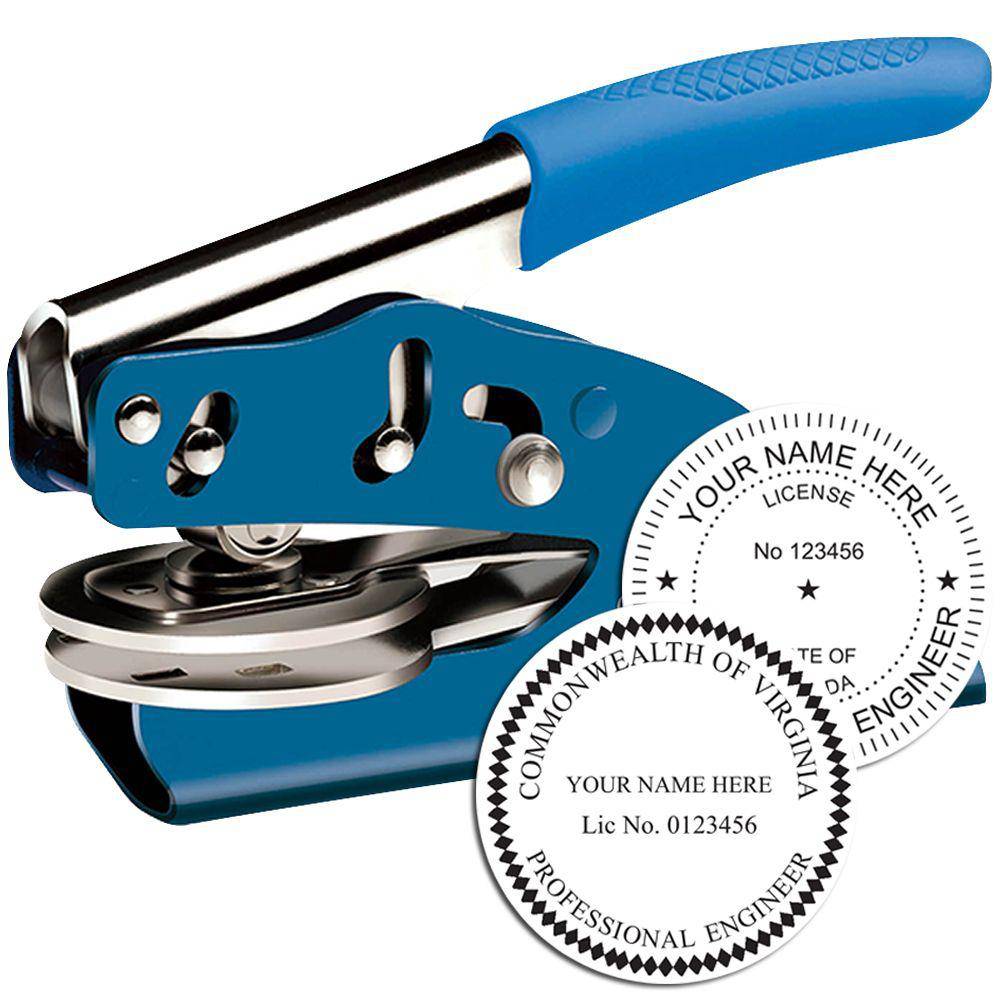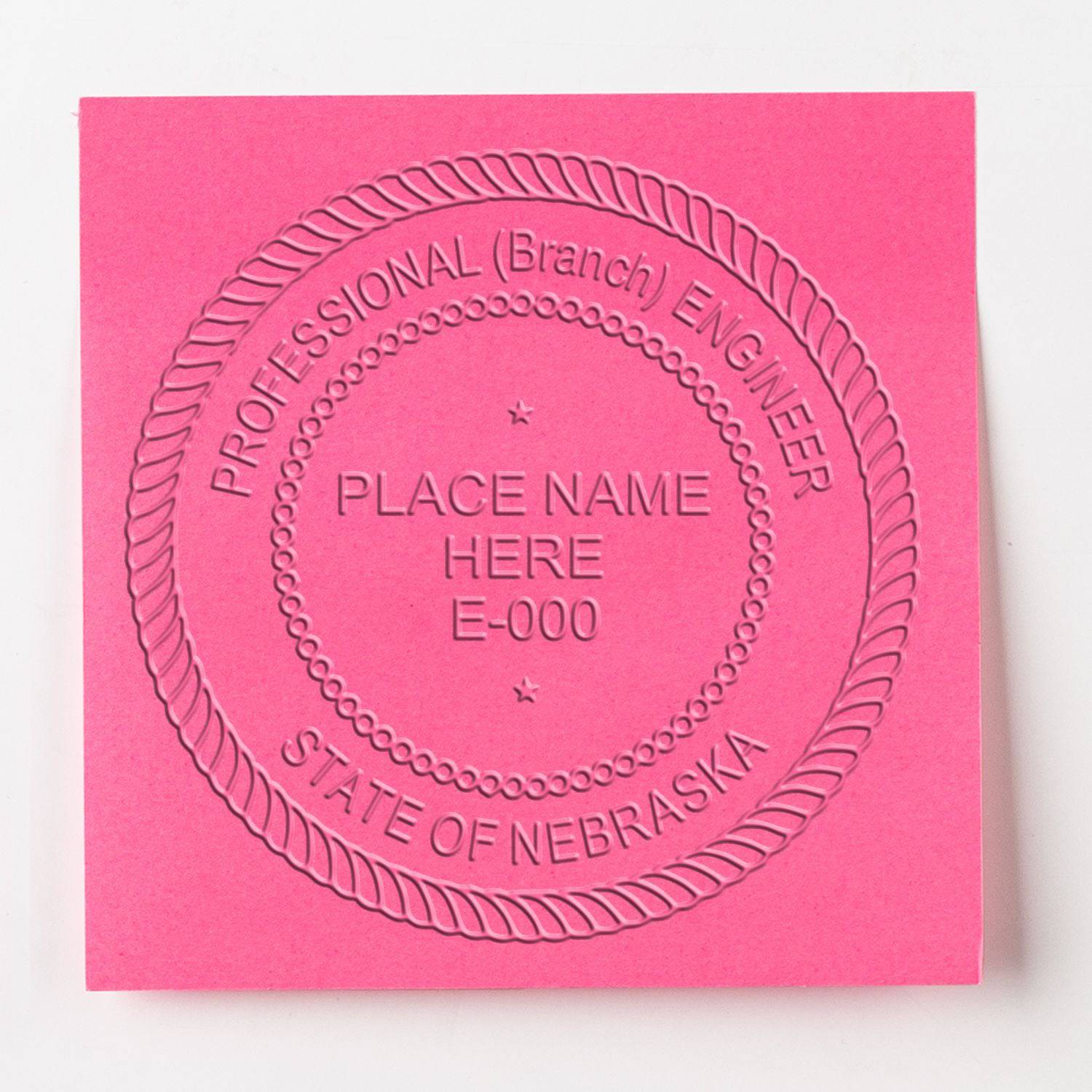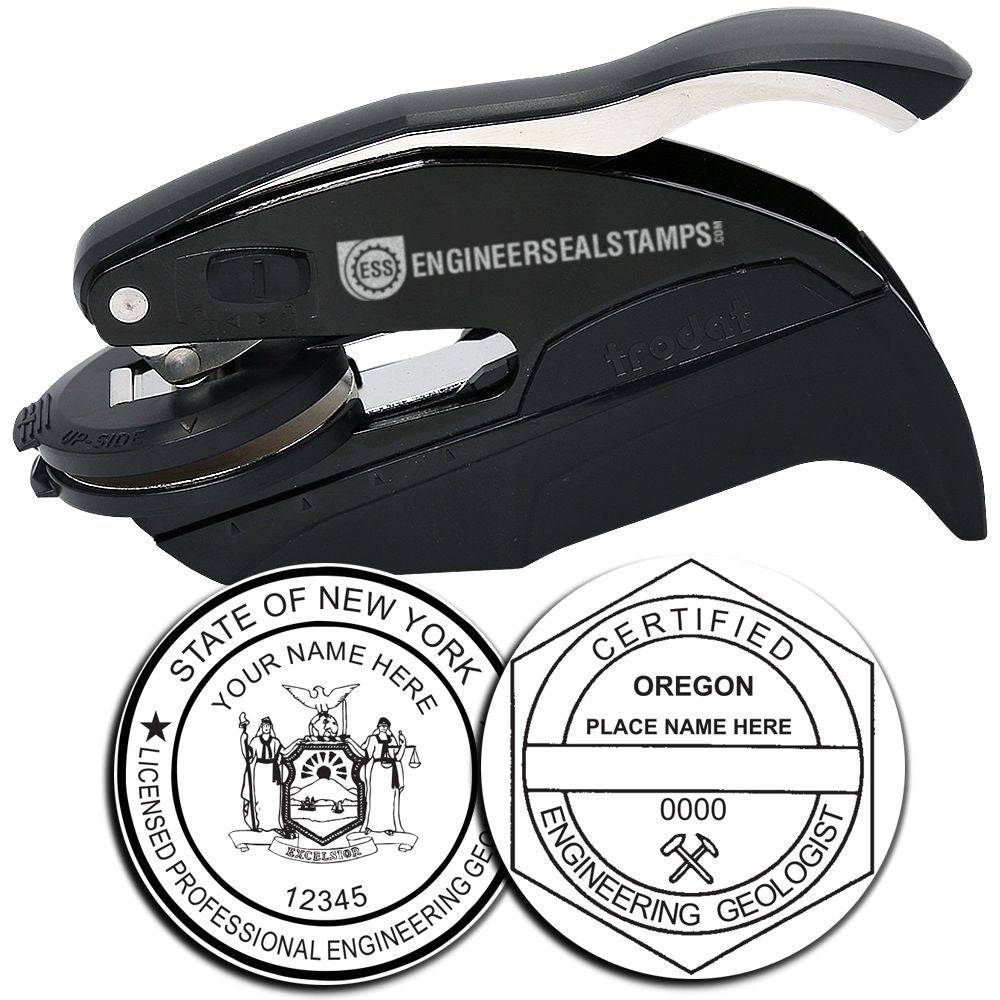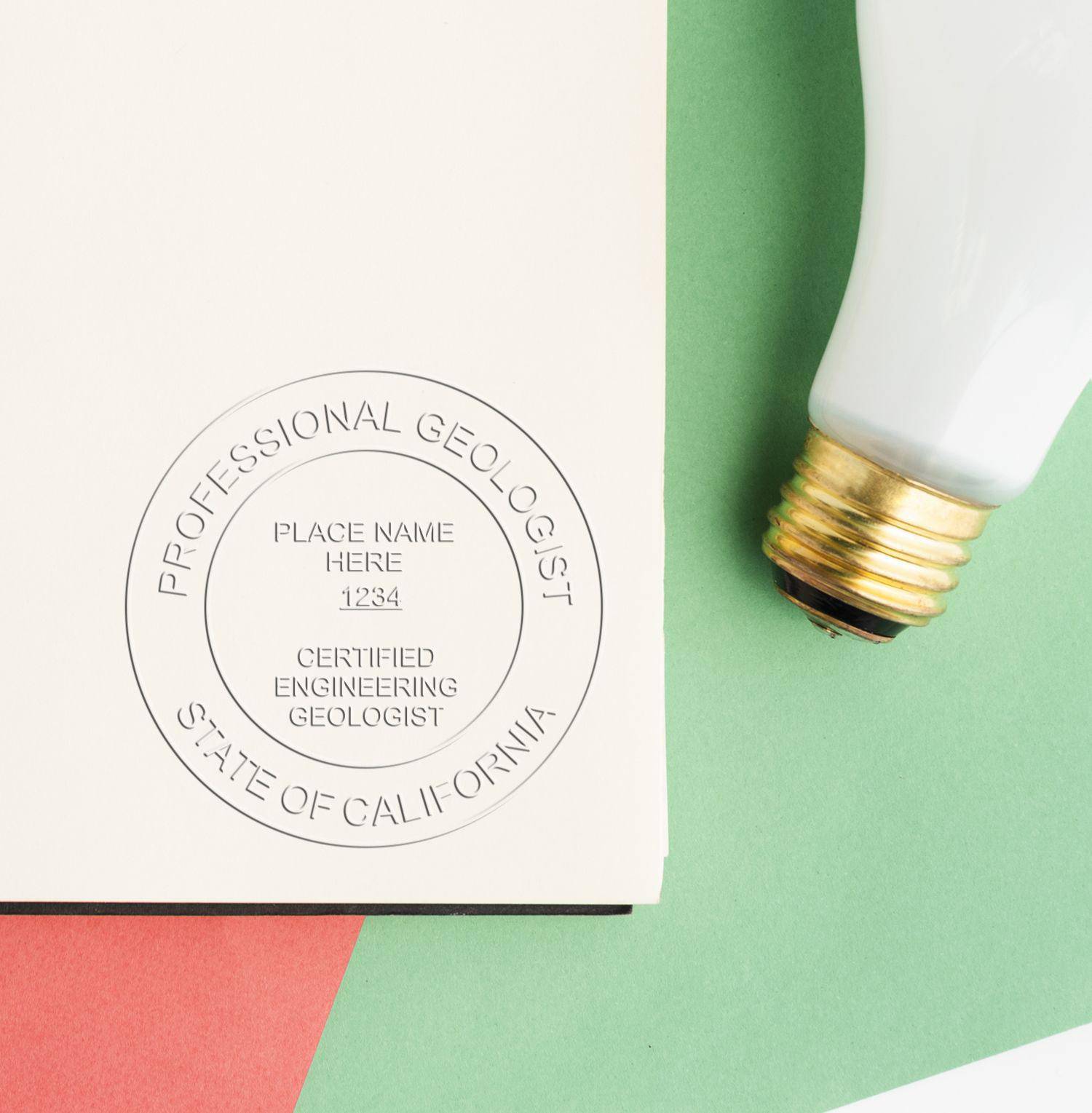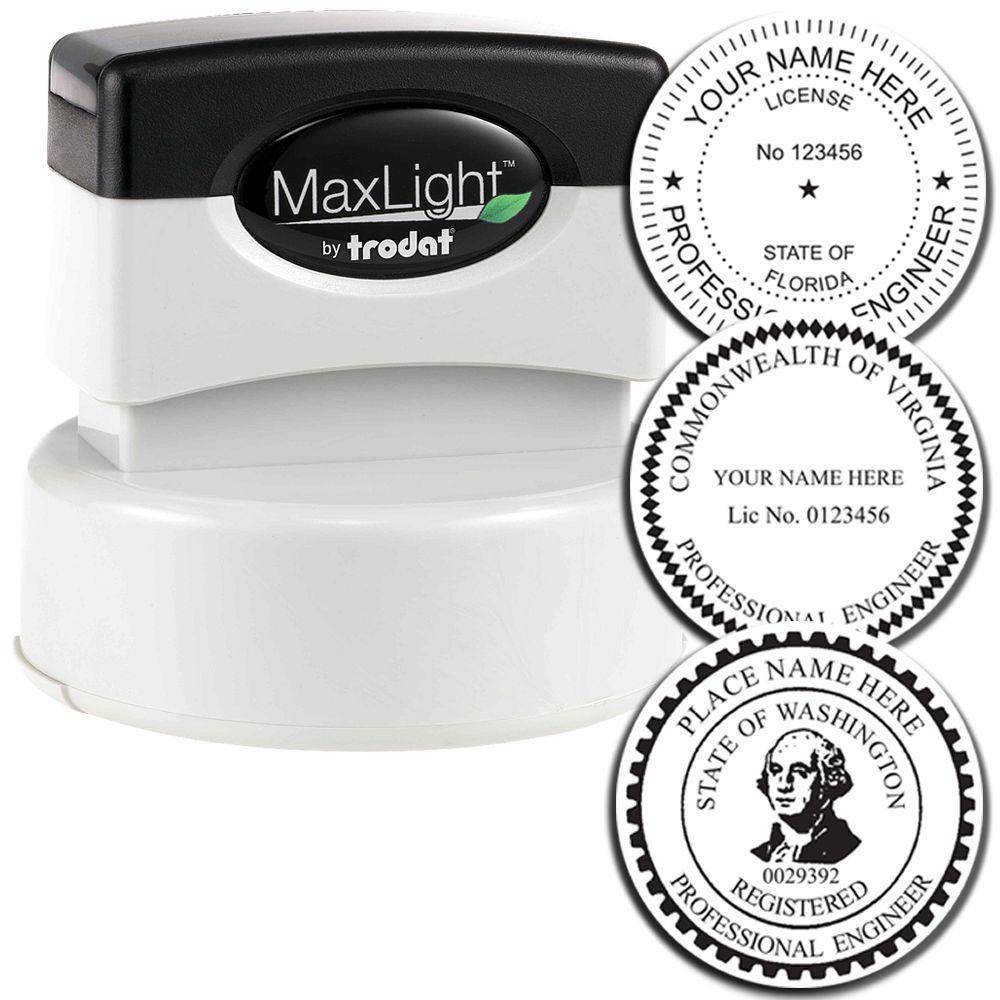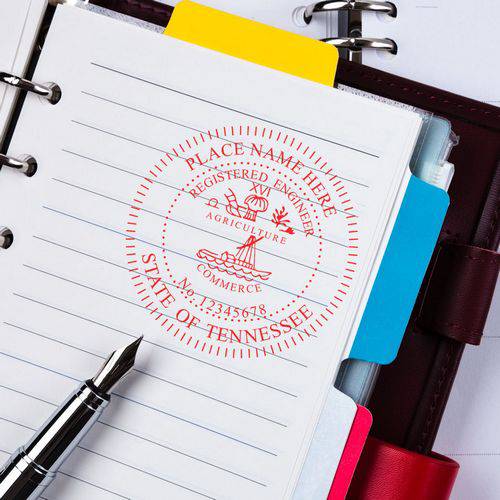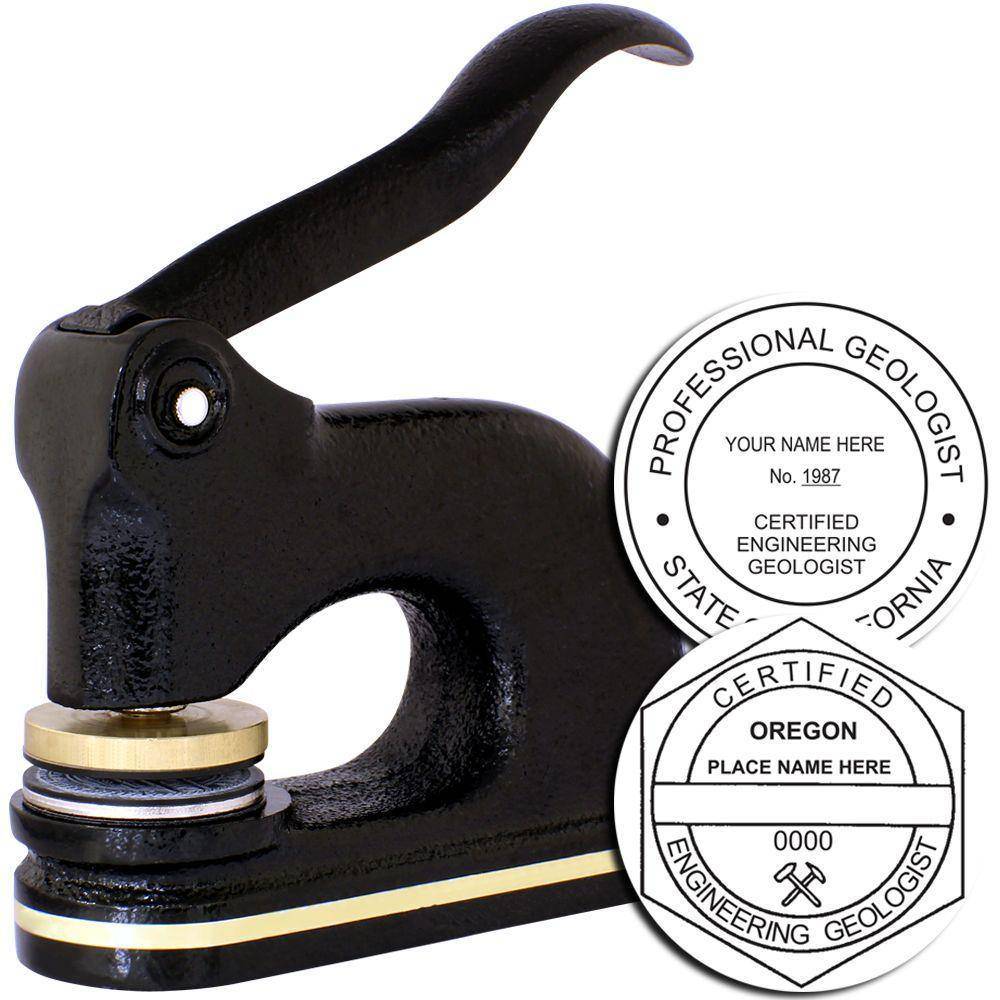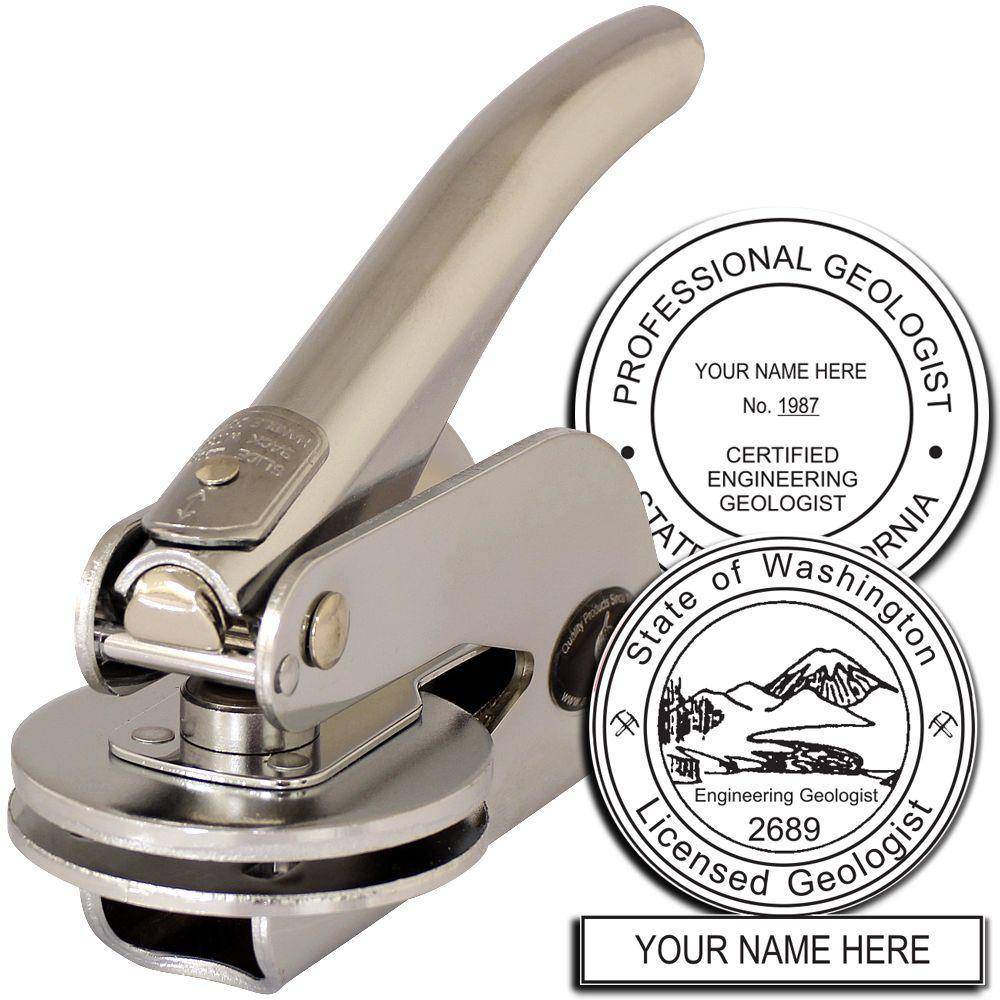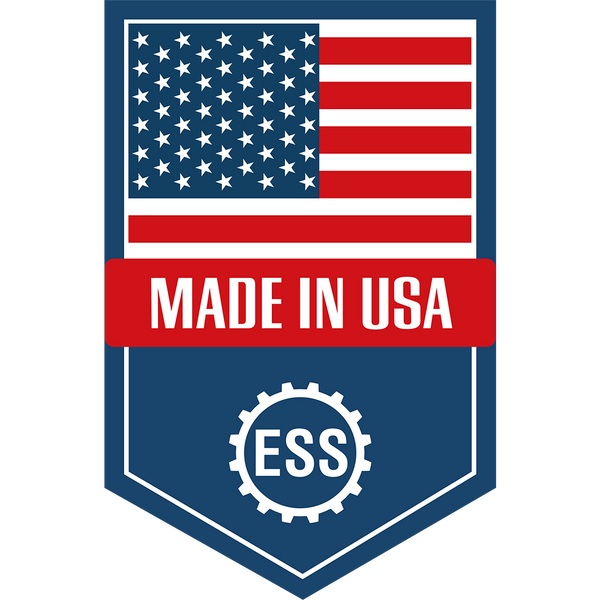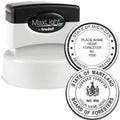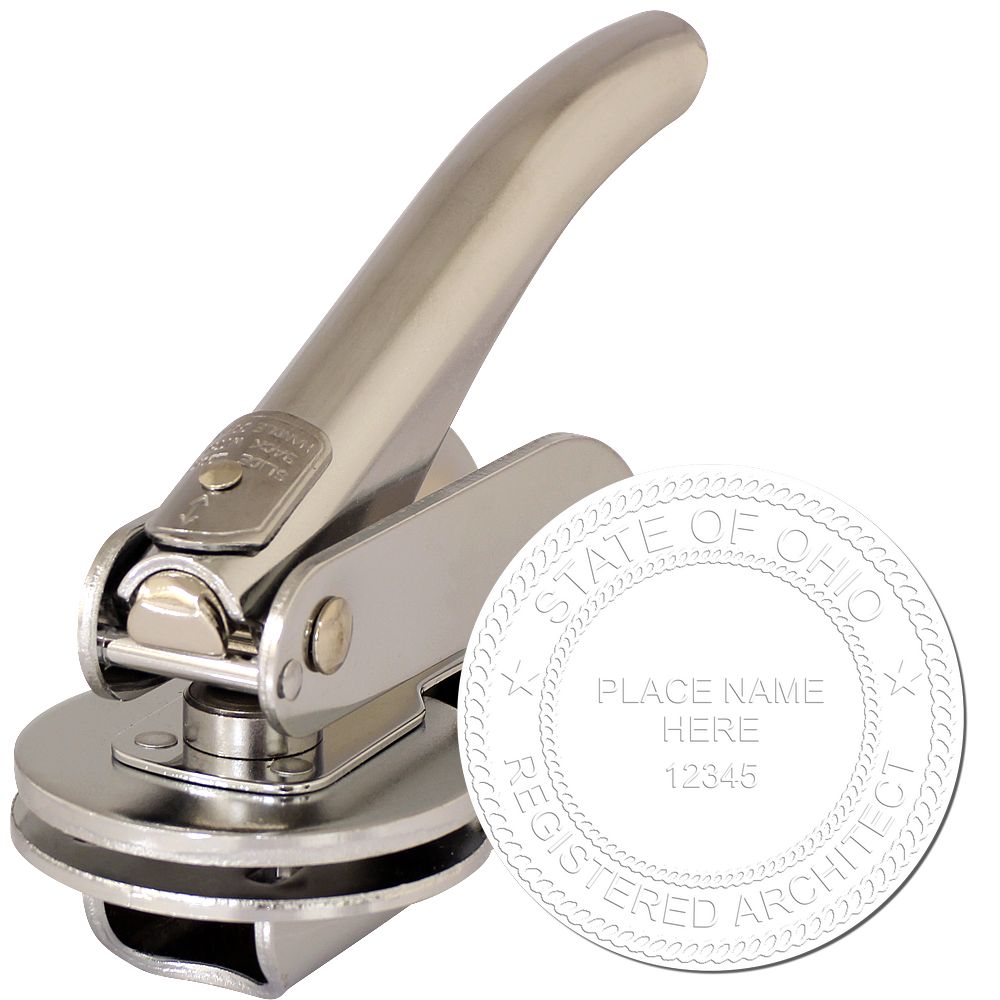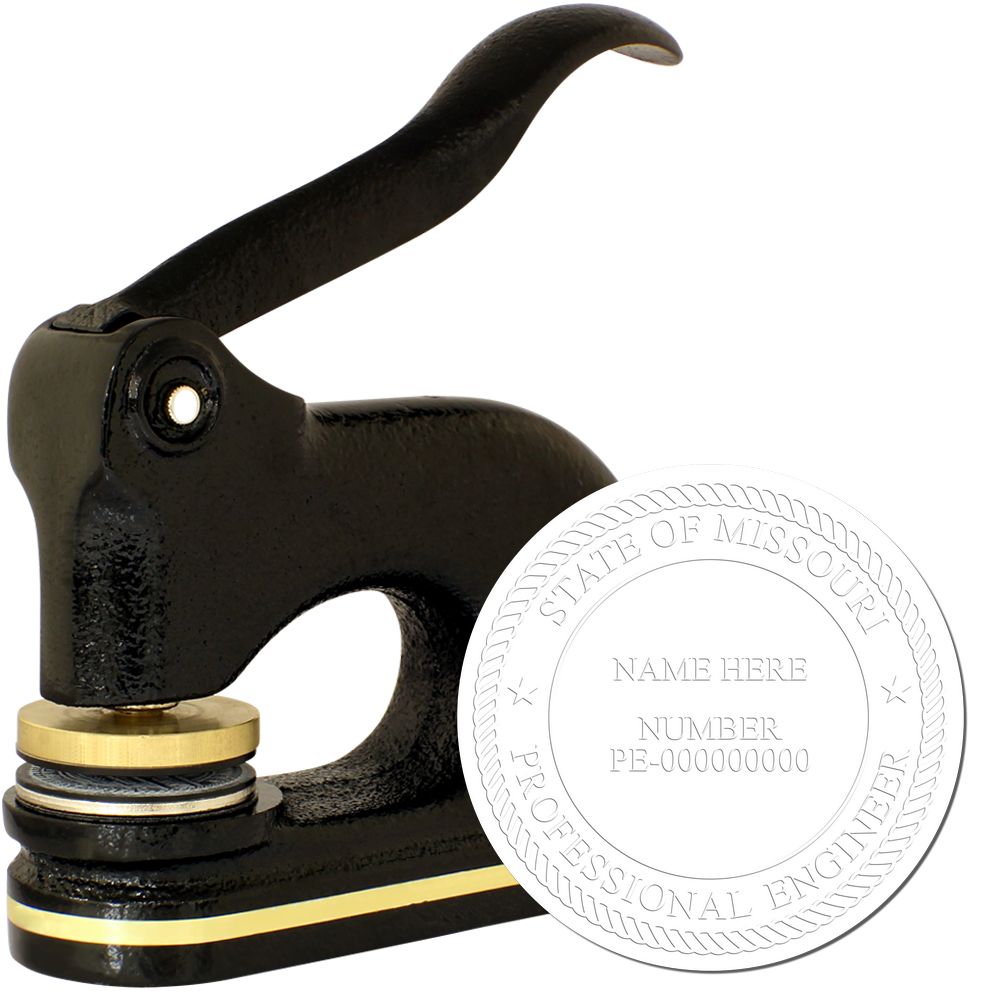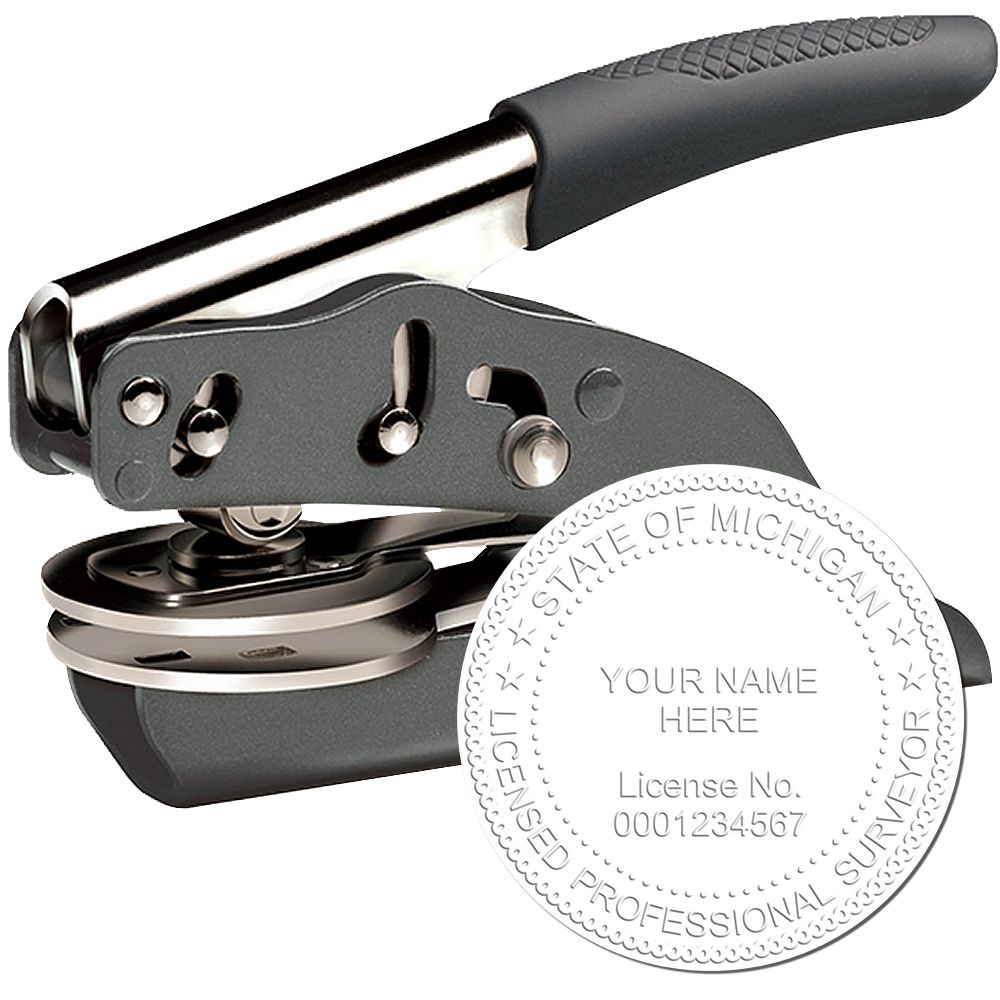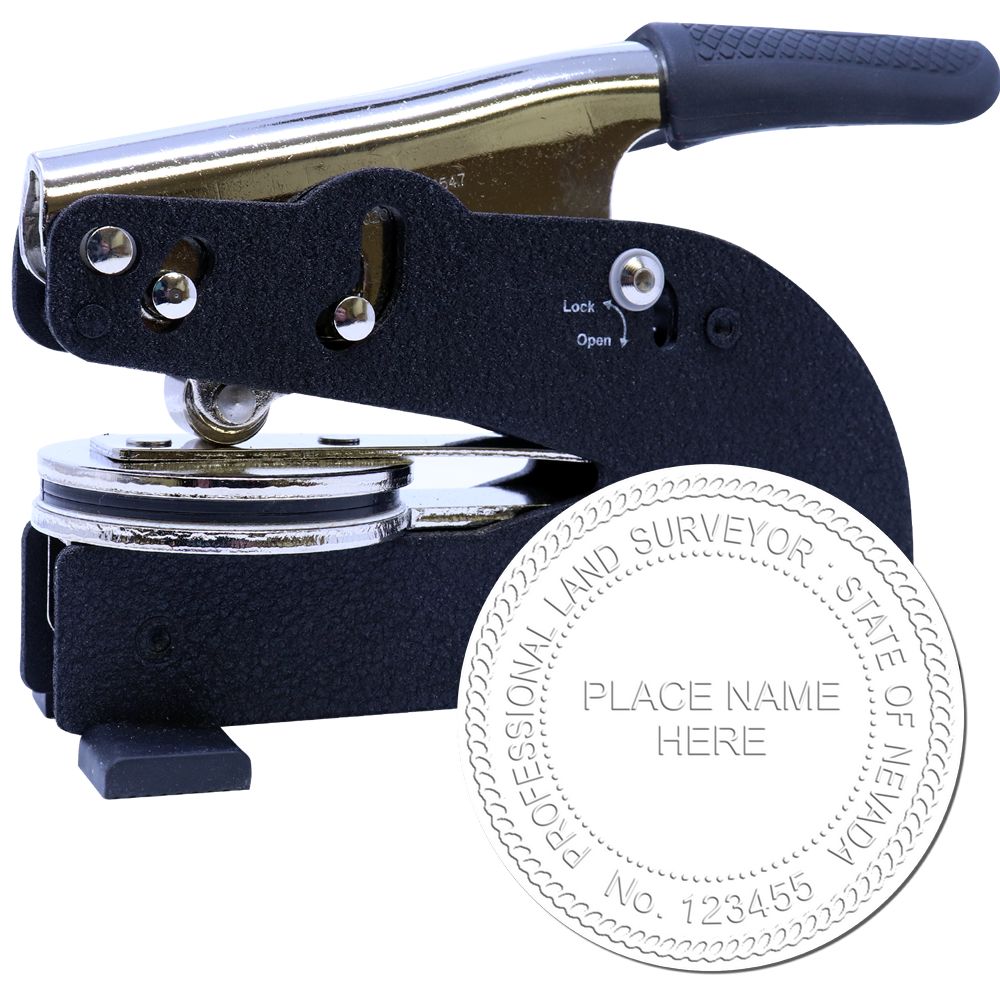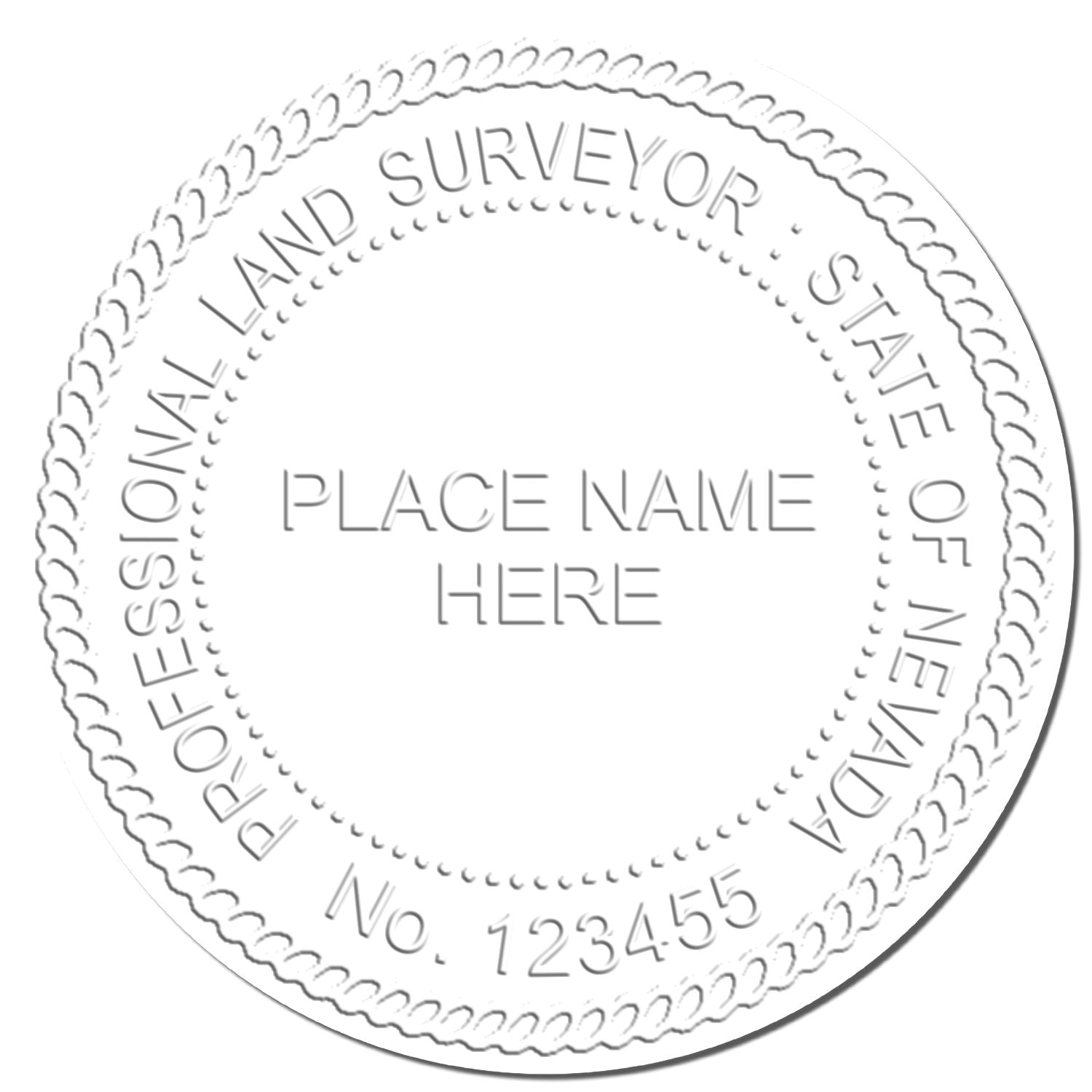The Importance of Professional Seals and Stamps
In the field of engineering, professional seals and stamps play a vital role in ensuring the integrity and authenticity of engineering documents. These seals and stamps serve as a mark of approval from licensed professionals, providing credibility and legal recognition to the documents they endorse. Understanding the significance of professional seals and stamps, especially in the context of civil engineering, is essential for both professionals and those seeking their services.
Understanding Professional Seals and Stamps
Professional seals and stamps are physical or digital imprints that represent the authority and expertise of a licensed professional. These marks typically include the engineer's name, license number, and other relevant information. The purpose of these seals and stamps is to verify that the documents have been prepared, reviewed, or approved by a qualified professional, ensuring compliance with regulatory requirements and industry standards.
By affixing a professional seal or stamp to a document, a civil engineer takes responsibility for the accuracy and quality of the information presented. This commitment to upholding professional standards helps to maintain the trust and confidence of clients, regulatory bodies, and the public.
Why Civil Engineer Stamps Are Essential
Civil engineer stamps are specifically designed for professionals in the civil engineering field. These stamps are essential for a variety of reasons:
-
Regulatory Compliance: Civil engineer stamps are often required by regulatory authorities as a means to verify that engineering documents meet the necessary standards and regulations. These stamps provide assurance that the documents have been prepared by a licensed professional and comply with legal requirements.
-
Enhanced Credibility: The presence of a civil engineer stamp on engineering documents enhances credibility and demonstrates that the work has been reviewed by a qualified professional. This can be particularly important when presenting plans, designs, or reports to clients, contractors, or government agencies.
-
Efficient Document Review: Civil engineer stamps streamline the document review process. Regulatory bodies and other stakeholders can quickly identify that the documents have been prepared by a licensed professional, facilitating the review and approval process.
To gain a better understanding of the different types of professional stamps available, you may also be interested in exploring architect stamps, engineering seals, or surveyor seals. These stamps cater to specific disciplines within the broader field of engineering.
By recognizing the importance of civil engineer stamps, professionals and clients alike can ensure the accuracy, credibility, and compliance of engineering documents. Whether it's validating plans, designs, or reports, civil engineer stamps are an essential tool for maintaining professional standards and meeting regulatory requirements.
Legal and Professional Requirements
When it comes to civil engineering, legal and professional requirements play a crucial role in ensuring the safety, integrity, and accountability of engineering projects. This section will explore the regulatory requirements for civil engineers and the professional liability and accountability associated with their work.
Regulatory Requirements for Civil Engineers
Civil engineers are subject to various regulatory requirements that vary by jurisdiction. These requirements are put in place to protect the public and ensure that engineering projects meet the necessary standards of safety, functionality, and compliance. One such requirement is the use of civil engineer stamps, also known as civil engineer seals, on engineering documents.
Civil engineer stamps are used to authenticate engineering documents and indicate that they have been prepared, reviewed, and approved by a licensed civil engineer. These stamps serve as a visual representation of the engineer's professional responsibility and accountability for the content of the documents.
The specific regulations surrounding the use of civil engineer stamps may vary depending on the jurisdiction. It is important for civil engineers to familiarize themselves with the requirements of their respective governing bodies to ensure compliance. For more information on professional stamps and seals for other fields, such as architecture and surveying, refer to our articles on architect stamps and surveyor seals.
Professional Liability and Accountability
Civil engineers, like other professionals, carry a significant level of professional liability and accountability. They are responsible for the safety, functionality, and compliance of the engineering projects they undertake. In the event of any issues or failures related to these projects, civil engineers may be held legally and professionally accountable.
The use of civil engineer stamps on engineering documents helps establish a clear chain of responsibility. By affixing their stamp, civil engineers acknowledge their professional accountability for the accuracy and completeness of the information contained within the documents. This accountability extends to the design, construction, and overall performance of the engineering project.
Civil engineers must exercise their professional judgment and adhere to the applicable regulations and standards when approving and sealing engineering documents. Failure to meet these obligations can result in legal consequences, professional disciplinary actions, and damage to their reputation. It is essential for civil engineers to understand the significance of their professional responsibilities and ensure that their work meets the highest standards of quality and safety.
In summary, civil engineers must comply with regulatory requirements and understand the professional liability and accountability associated with their work. The use of civil engineer stamps on engineering documents is a vital aspect of meeting these obligations. By doing so, civil engineers demonstrate their commitment to upholding the highest standards of professionalism, integrity, and public safety in their field.
Authenticating Engineering Documents
In the field of engineering, authenticating engineering documents is of utmost importance. Civil engineers, in particular, rely on the use of professional seals and stamps to ensure document integrity and validate their professional expertise.
Ensuring Document Integrity
One of the primary functions of civil engineer stamps is to ensure the integrity of engineering documents. By affixing a professional seal or stamp to a document, civil engineers can provide a clear indication that the document is authentic and has not been tampered with. This helps to safeguard against unauthorized modifications and maintain the credibility of the document.
Civil engineer stamps typically include essential information such as the engineer's name, license number, and the date of the stamp. These details provide a clear trail of accountability and allow regulatory bodies, clients, and other stakeholders to verify the authenticity of the document.
Validating Professional Expertise
Civil engineer stamps also serve as a means of validating the professional expertise of the engineer. When a document bears the stamp of a licensed civil engineer, it provides assurance that the document has been prepared by a qualified professional who adheres to the standards and regulations set forth by the engineering profession.
By affixing their stamp, civil engineers take responsibility for the accuracy and quality of the information presented in the document. This helps to instill confidence in clients, regulatory authorities, and other professionals who rely on the document for decision-making purposes.
Authenticating engineering documents through the use of civil engineer stamps is essential for upholding professional standards, ensuring document integrity, and validating the expertise of the engineer. It is worth noting that different professionals in the engineering industry, such as architects and surveyors, also utilize their respective seals and stamps for similar purposes. To learn more about the importance of professional seals and stamps in other fields, such as architecture and surveying, check out our articles on architect stamps and surveyor seals.
In the next section, we will explore the benefits of civil engineer stamps, including their legal compliance, enhancement of professional reputation, and streamlining of document review processes.
Benefits of Civil Engineer Stamps
Civil engineer stamps play a vital role in the professional practice of civil engineering. These stamps offer several benefits that are crucial for civil engineers in their day-to-day work. Let's explore some of the key advantages of using civil engineer stamps.
Legal Compliance and Acceptance
One of the primary benefits of civil engineer stamps is ensuring legal compliance and acceptance of engineering documents. Many jurisdictions require that certain documents, such as construction plans, specifications, and reports, be stamped by a licensed civil engineer before they can be considered valid. These stamps serve as a mark of authenticity and demonstrate that the document has been reviewed and approved by a qualified professional.
By affixing a civil engineer stamp to their documents, civil engineers can meet the regulatory requirements and legal obligations set forth by their respective governing bodies. This not only helps to maintain compliance but also reinforces the credibility and trustworthiness of the engineer's work.
Enhancing Professional Reputation
Civil engineer stamps also play a crucial role in enhancing professional reputation. These stamps indicate that the engineer has met the necessary qualifications and possesses the knowledge and expertise required for their field. By displaying their stamp on their documents, civil engineers establish themselves as professionals who adhere to the highest standards of practice and uphold the integrity of their work.
A stamped document carries a sense of authority and professionalism, instilling confidence in clients, contractors, and regulatory agencies. This can lead to enhanced professional opportunities, increased client trust, and improved chances of winning bids for engineering projects.
Streamlining Document Review Processes
Another significant advantage of civil engineer stamps is the streamlining of document review processes. Stamped documents provide a clear indication that they have undergone a thorough review by a qualified professional. This allows for efficient and effective review procedures, saving time and resources for both the engineer and the reviewing parties.
By using civil engineer stamps, the need for additional scrutiny or re-evaluation of the document's technical aspects is minimized. This expedites the approval process, enabling projects to move forward smoothly and without unnecessary delays.
In summary, civil engineer stamps offer multiple benefits to professionals in the field of civil engineering. They ensure legal compliance and acceptance of documents, enhance the engineer's professional reputation, and streamline document review processes. By utilizing civil engineer stamps, engineers can demonstrate their expertise, maintain compliance with regulatory requirements, and contribute to efficient project execution.
Types of Civil Engineer Stamps
When it comes to civil engineer stamps, there are several options to choose from based on personal preference and professional requirements. Let's explore three common types of civil engineer stamps: traditional rubber stamps, self-inking stamps, and electronic seals and stamps.
Traditional Rubber Stamps
Traditional rubber stamps have been a staple in the engineering industry for years. These stamps consist of a rubber stamping surface mounted on a handle. To use them, ink is applied to the stamping surface, and then the stamp is pressed onto the document.
One advantage of traditional rubber stamps is their durability. The rubber stamping surface is typically made of high-quality materials, ensuring that the stamp can withstand repeated use without losing its clarity and legibility. Rubber stamps also provide a tactile feel, allowing engineers to apply the necessary pressure for a clean and precise impression.
Self-Inking Stamps
Self-inking stamps have gained popularity in recent years due to their convenience and efficiency. These stamps are designed with an integrated ink pad, eliminating the need for a separate ink pad. With each impression, the stamp automatically re-inks itself, making it ready for the next use.
The main advantage of self-inking stamps is their ease of use. Engineers can quickly make multiple impressions without having to manually re-ink the stamp each time. Self-inking stamps also provide consistent and even ink distribution, resulting in clear and professional-looking imprints.
Electronic Seals and Stamps
With the advancement of technology, electronic seals and stamps have become a modern alternative to traditional rubber stamps. Electronic seals and stamps utilize digital signatures and encryption to authenticate engineering documents. These digital seals and stamps are typically generated using specialized software and can be applied directly to electronic files.
The benefits of electronic seals and stamps include enhanced security and efficiency. They provide a tamper-proof way to validate document integrity and ensure that the document has not been altered. Electronic seals and stamps also simplify the document review process by allowing for quick and easy sharing of electronic files.
Choosing the right type of civil engineer stamp depends on personal preference, professional requirements, and the desired level of convenience. Some engineers may prefer the traditional feel and durability of rubber stamps, while others may opt for the efficiency of self-inking stamps or the security of electronic seals and stamps.
Remember, it's important to comply with the specific regulations and guidelines of your jurisdiction when selecting and using civil engineer stamps. For more information on professional stamps and seals in the engineering industry, check out our articles on engineering seals and professional stamps.
Choosing the Right Civil Engineer Stamp
When it comes to choosing a civil engineer stamp, there are several considerations to keep in mind. Selecting the right stamp is crucial to ensure that your professional documents are properly authenticated and compliant with regulatory requirements. Here are some factors to consider when making your stamp selection.
Considerations for Stamp Selection
-
Regulatory Compliance: Before purchasing a civil engineer stamp, familiarize yourself with the specific regulatory requirements in your jurisdiction. Different regions may have varying guidelines regarding the design, size, and information to be included on the stamp. Ensure that the stamp you choose aligns with these requirements to maintain legal compliance.
-
Stamp Design and Quality: Look for a stamp that is professionally designed, clear, and legible. The design should include relevant information, such as your name, license number, and the title "Civil Engineer." Additionally, consider the quality of the stamp itself. Opt for a durable stamp that produces clean and crisp impressions, ensuring that your stamped documents are easily recognizable and valid.
-
Stamp Size: The size of the stamp is another important factor to consider. A larger stamp can accommodate more detailed information, such as additional contact details or a professional logo. However, be mindful that a larger stamp may be less convenient to carry and use. Balance the need for information and portability when selecting the size of your civil engineer stamp.
-
Stamp Type: There are different types of civil engineer stamps available, including traditional rubber stamps, self-inking stamps, and electronic seals. Traditional rubber stamps require a separate ink pad and manual re-inking, while self-inking stamps have an integrated ink pad that automatically re-inks the stamp after each impression. Electronic seals are digital versions of stamps that can be applied to documents electronically. Consider your personal preference and the convenience of each stamp type when making your selection.
Factors to Keep in Mind
-
Budget: Set a budget for your civil engineer stamp purchase. Prices can vary depending on the stamp type, size, and customization options. Compare prices from different vendors to ensure you get the best value for your money without compromising on quality.
-
Vendor Reputation: Purchase your civil engineer stamp from a reputable vendor known for producing high-quality stamps. Look for customer reviews and ratings to gauge the vendor's reliability and customer satisfaction. A reliable vendor will not only provide you with a quality stamp but also offer customer support and assistance if needed.
-
Additional Features: Some civil engineer stamps may offer additional features, such as built-in date bands or signature lines. Consider whether these features are necessary for your professional needs and choose a stamp that offers the functionalities you require.
By considering these factors, you can choose a civil engineer stamp that meets your specific requirements and ensures the proper authentication of your professional documents. Remember to check out our articles on engineering seals and professional stamps for more information on stamps for other professions and their importance in the industry.
About ESS
Engineer Seal Stamps, also known as ESS, is a leading provider of high-quality custom rubber stamps, professional seals, and notary stamps. With a commitment to excellence in both product and service, we take great pride in offering a state board guarantee on all of our products. Our top-of-the-line engineer seal stamps and professional seals are perfect for architects, engineers, and anyone else in need of reliable and accurate stamping solutions.
At ESS, we understand that time is valuable. That's why we offer a quick turnaround on all of our products, ensuring that you receive your order in a timely and efficient manner. We believe that customer satisfaction is the foundation of any successful business, which is why we strive to provide stellar customer service to all of our clients. From the moment you place your order, our knowledgeable and friendly staff will work closely with you to ensure that your needs are met in every way possible.
In addition to our commitment to quality products and exceptional customer service, ESS also strives to be an environmentally conscious company. We make every effort to reduce our environmental impact by using sustainable and eco-friendly materials in our stamp production process. At ESS, we are dedicated to providing our customers with the highest quality stamping solutions. With our commitment to excellence, state board guarantee, quick turnaround, and environmentally conscious practices, you can trust that you are receiving the best products and service available.

